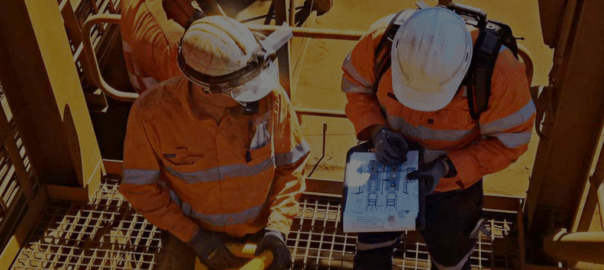Consequences of being unsafe on site » Tundra Safety
- Home
- Uncategorized
- Consequences of being unsafe on site

Consequences of being unsafe on site
Workplace incidents are unfortunately quite common, especially in the industrial and mining sectors.
The range of tasks, hazards, situations and environments that workers are exposed to are inherently dangerous.
There are some areas which are more hazardous than others, thus they require more thought and procedure in regard to injury and fatality prevention.
Certified and compliant equipment is an obvious starting point, and coupled with safe procedures, hazards can be minimised and injuries and fatalities can be prevented.
Over the last two years, there have been nine mine site-related fatalities, including those that occur in the coal mining, oil and gas extraction, metal ore mining, gravel and sand quarrying, and services to mining sectors, according to Safe Work Australia.
Ensuring the working environment for every member of the team is safe is essential. Too many people have lost their lives due to unsafe situations and equipment.
Safety and health snapshot: 2016–2018 (Source: Safe Work Australia)
Line-of-fire
- 253 notable incidents
- 83 per cent classified as serious
- 11 per cent occurred in the processing plant
How to prevent from getting caught in the line of fire:
- Workers shouldn’t stand under anything that can fall on them
- Keep hands and body parts away from areas where they can be crushed
- Workers should never start work if there is a risk an object could strike them or their colleague
- Employ safe, certified equipment
Suspended Loads
- 52 notable incidents
- 21 per cent classified as serious
- 48 per cent occurred during maintenance
How to reduce the risk:
- Workers should never walk or work under a suspended load
- Thoroughly check all rigging parts and components
- Think safety and only complete jobs which meet the safety criteria
- Understand line of fire scenarios and plan accordingly
- Understand the stored energy hazards associated with the work being conducted
- Always ensure equipment and processes are certified and compliant with Australian standards
Integrity of structures
- 68 notable incidents
- 13 per cent classified as serious
- 22 per cent were related to fixed plant operations
How to manage suspended load safety:
- Only use structures for their intended purpose unless designed, engineered modifications have been made and certified
- Carry out annual structural checks and inspections and produce detailed reports on required repairs and improvements
- Carry out structural design audits to ensure all steel components on-site are not overstressed
- Ensure any steel and supporting structures comply with the relevant Australian standard
Hazardous manual tasks
- 355 musculoskeletal disorders
- 81 per cent classified as serious
- 40 per cent of back injuries occurred during production
- 31 per cent of shoulder injuries occurred during ore treatment
How to handle hazardous manual tasks:
- Ensure safe design, identify and assess all risks
- Use the correct methods and procedures
- Identify mechanical assistance options
Making workplace safer
Protecting one’s self, colleagues and workplace from harm should be the number one priority.
Understanding the potential risks on-site and putting procedures and equipment in place to minimise them protects workers and their team.
One fatality is too many and this attitude and the actions that come with it should be adopted across all industries, not just mining.
Ensuring that procedures and equipment is certified and compliant with Australian standards is an excellent place to start.
Certification and compliance with Australian standards ensure equipment has been tested to perform and provide the necessary safety measures on-site.